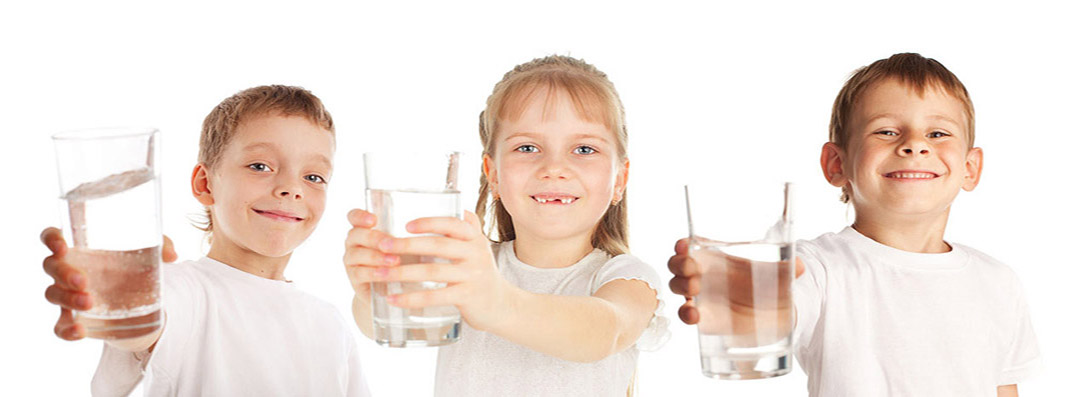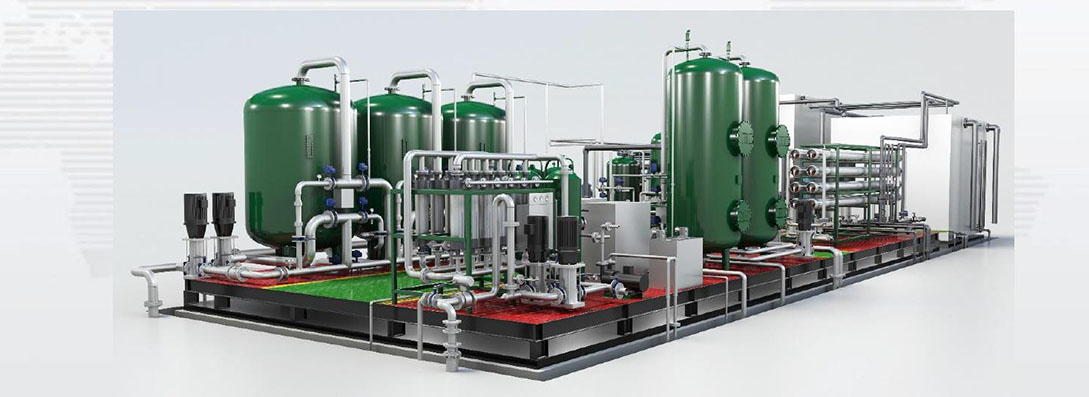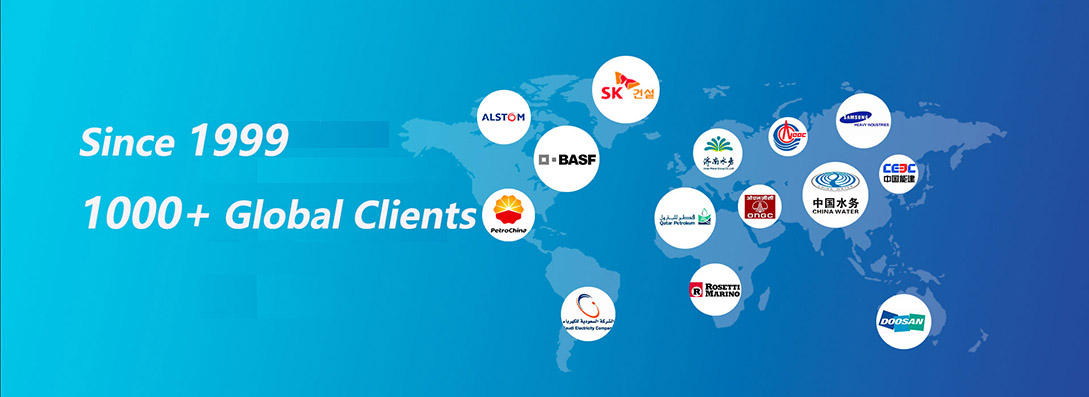Effect of sodium hypochlorite
1. Bactericidal effect: Sodium hypochlorite has broad-spectrum bactericidal ability and can kill various bacteria and fungi. In acidic media, sodium hypochlorite reacts with the amino and hydroxyl groups in microbial proteins to generate hypochlorous acid or amine hypochlorite substances to achieve sterilization purposes.
In addition, it can destroy the lipid bilayer structure on the microbial cell membrane and kill bacteria. Its bactericidal mechanism is:
(1) Deactivate enzymes through oxidation;
(2) By inhibiting the oxidative phosphorylation process, the respiratory chain is interrupted, thereby inhibiting metabolism and causing bacterial death; disinfectant also has a certain killing effect on viruses.
2. Bleaching effect Due to the strong oxidizing property of hypochlorous acid and its ability to corrode the surface of fiber fabrics and cause them to fade and turn yellow at high concentrations, hypochlorous acid is widely used as disinfectants, bleaches, deodorants, and deodorants.
When used for clothing washing, it can make fabrics brightly colored and soft and shiny; when used for industrial circulating water purification, it can decompose and transform organic pollutants in the water into harmless substances; used in food processing, it can prevent food from spoiling and deteriorating. Fades pigments to preserve food freshness.
3. Deodorization: Soak vegetables in a solution containing 0.2% to 0.5% for 1 to 2 minutes, then rinse with water to remove odors. It can also be used to remove bad odors such as fish, onion, garlic, and musty smells.
4. Preservation: Dip the fresh meat into a solution with a concentration of 0.02% to 0.05% for 2 to 3 minutes, then take it out and dry it to obtain fresh meat dried products or pickled products. If fresh dried meat products are soaked in solutions with concentrations of 0.1%, 0.05%, 0.1%, 0.2%, 0.3%, 0.5%, and 0.7% for more than 5 to 10 hours, salted egg sauce or mayonnaise and other products can be made.
5. It can be used as a disinfectant for swimming pool water and a pre-aeration agent in drinking water treatment; it can also be used as a cleaning agent for metal surfaces, an anti-shrinkage agent for wool fabrics, and a degreasing agent before leather tanning; it can also be used as a synthetic It is an initiator for resin polymerization and one of the raw materials for vulcanization accelerator of chlorinated rubber.
Application
Contact Us

Name: Diana
E-mail: [email protected]
Skype: +86-15-22-27-71-011
WeChat: +8615222771011
Whatsapp: +8615222771011
Add: Office N.420D-C1 Tower Ajman,UAE









 Skype Chat
Skype Chat WhatsApp
WhatsApp  Mail inquiry
Mail inquiry
